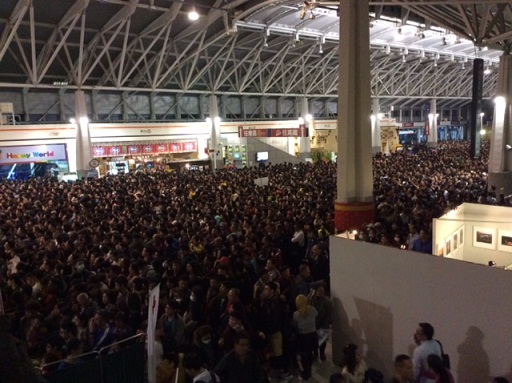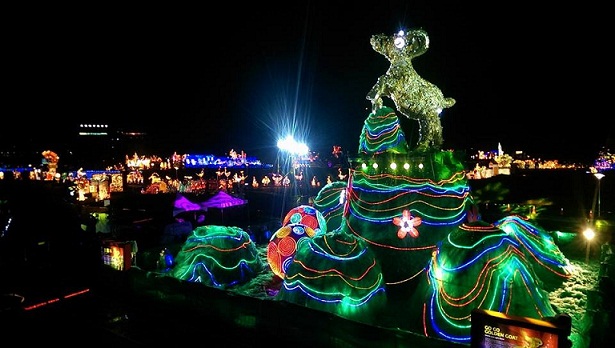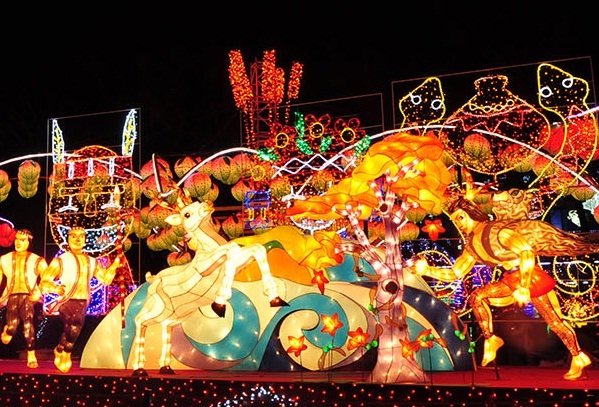The Asian edition of the Shell Eco-marathon hit a new milestone this year, with the number of teams taking part in the distance challenge hitting a fresh high.
A total of 127 student teams from 17 countries across Asia and beyond entered this year’s competition, up from 105 teams from 15 countries in 2014. Four countries – Saudi Arabia, Oman, Australia, and Bangladesh – took part for the first time.
Another first for this year’s race, held in Manila’s Rizal Park for a second year running: the number of teams that passed stringent technical and safety checks crossed the 100-mark for the first time. Cars from 112 teams were fit for the race.
To win, the contestants had to build a car that could travel the furthest on one litre of fuel, or its equivalent. They also had to design their car according to two broad categories: Prototype, which focuses purely on energy efficiency, and UrbanConcept, which requires the vehicle to resemble those on the roads.
Thailand dominated the competition once again, emerging as the overall winner for the second year running with seven awards in various categories. Five new mileage records were set by teams from Japan, Indonesia, Vietnam, Thailand and Malaysia.
However, Philippines was also a force to be reckoned with as teams from the host country bagged top awards, besting other entries in the competition. University of the Philippines’ Team UP and De La Salle University’s DLSU Eco Car Team clinched first place in the UrbanConcept’s battery electric category and Shell FuelSave gasoline category by posting the highest mileage with 40.5 km/kWh and 126.6 km/l respectively.
Technological Institute of the Philippines’ Team TIP Mileage Proto won the Off-Track Award, Shell Helix Tribology, for their diligence in quantifying the effects of lubricants on friction, and use of lubricants with varying viscosity to minimise fuel consumption. Team TIP incorporated a chain drive lubricated with a brush type oil dispenser with an automatic timer that also kept the chain clean and looked at the impact of different materials and used wheel bearings with a plastic retainer to improve energy efficiency.
The Shell Eco-marathon, however, is not just about pushing the limits of technology or fuel efficiency. For many teams in Manila this year, the competition was a huge test of their perseverance.
First-time contestant Team Alfaisal from Saudi Arabia was hit by a delay in the shipment of their vehicle and experienced repeated engine problems. But they did not give up. With help from other teams, they worked around the clock for three days to get their car ready.
Likewise, Team Project Garuda from India did not let their two previous failed attempts to join the Shell Eco-marathon deter them. They pushed ahead despite a series of technical issues with their car this year, and eventually completed one official attempt on the urban track around Manila’s Rizal Park.


